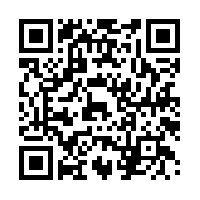Well hello there fellow educators, friends, family, colleagues and miscreants,
As I am sure you have noticed (or not), I have finally found the time to give my blog a necessary makeover. All information is still stored in the same breadcrumbs format under ‘home’, ‘about’, ‘contacts’ and ‘university’, it is primarily superficial changes to the makeup of the site that has been updated. Any technologically-minded individuals would have enjoyed watching me suffer as I managed to navigate my way around using CSS… the good news is, I can change link colours, yahoo! Although, apparently my theme doesn’t like it when I try to change the visited link colour or hover link colour, so for now, boring black and grimy green will suffice.
Look: RAINBOW
Okay, I totally cheated there and just used the kitchen sink colour tool, but if I tried hard enough I could definitely do it with CSS. Like this! Hooray!
CSS and blog excitement aside, I have also now launched my Professional Portfolio online. It is still incomplete however, and I am in the process of adding pages, one sub-standard at a time. This is a big step for me as I am publicising a lot of my work, with links to various blog posts, my twitter and digital information etc. Even more significant is that it is one of the final steps towards completing university and transitioning in to the professional arena. It is daunting, and also very exciting. Collating all my evidence of practice has been really quite eye opening in the sense that it has given me confidence in my teaching abilities as I review the graduate proficiencies according to AITSL. I would be highly appreciative of any feedback from educators, be it experienced, inexperienced, retired, in-service, pre-service, leadership or even those who may have general knowledge of the workforce. Please don’t hesitate to contact me with any advice in regards to this site; it is due for academic submission in a week, however it is a significant, ongoing piece of work that will be constantly in flux as my experience develops.
Finally I would also like to take this time to apologise for the infrequency of my posts. This past year has been very intense with a combination of extensive final year university studies, practicum, and balancing multiple jobs (as well as a social life- we are all human). You may notice that the University/Assignments element of this blog has grown extensively, while my home feed has been sparse. I endeavour to change this as the new year begins, especially as I intend to use this space to help in collating resources for casual relief teaching in the new school year, as well as to reflect and share my teaching journey as a fresh graduate. So once again, my apologies, I look forward to many new adventures to come and sharing them with the digital community.
Regards
Amelia





